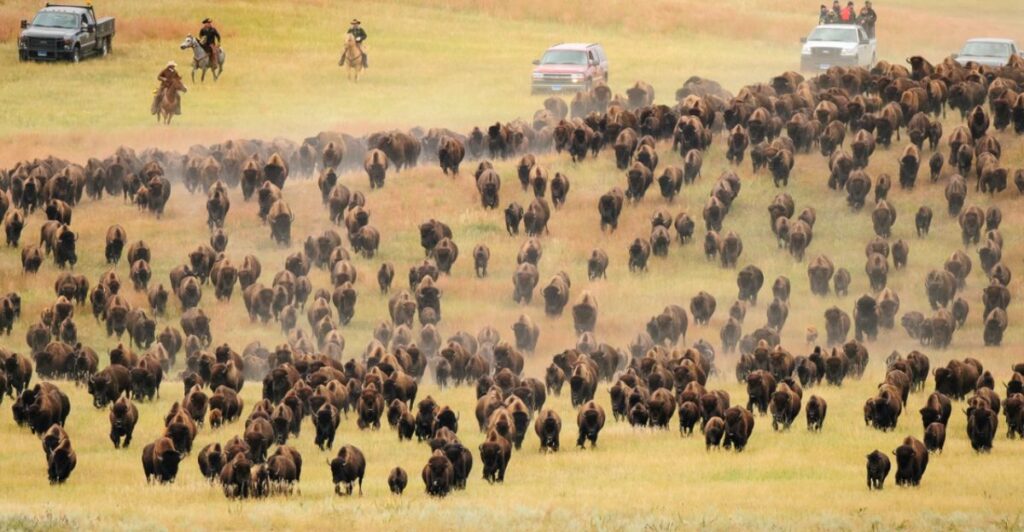
Bison once roamed North America’s plains in great numbers, but due to habitat destruction and overhunting, the species nearly became extinct. The low population of bison affected the whole ecosystem. However, tribal ranchers are trying their best to return the bison population close to what it once was, and their work is paying off.
An Important Species
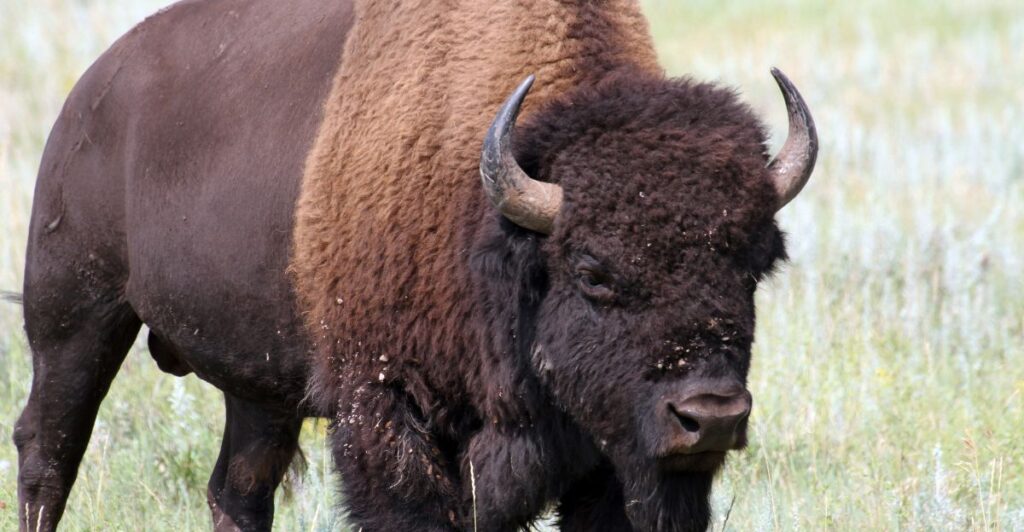
Bison are an important species in their ecosystem. They ensure that no native plants species overpopulate with their grazing habits. When they wallow, they end up creating habitats for small creatures and insects and even their manure inriches the soil, helping to create as much biodiversity as possible.
A Deep Connection

Bison have a huge significance in Native American culture, and tribes have a deep connection with them. The local tribes are leading the charge in bison conservation and are commited to restore both cultural and ecological harmony that’s been missing for over a hundred years.
Grazing Habits
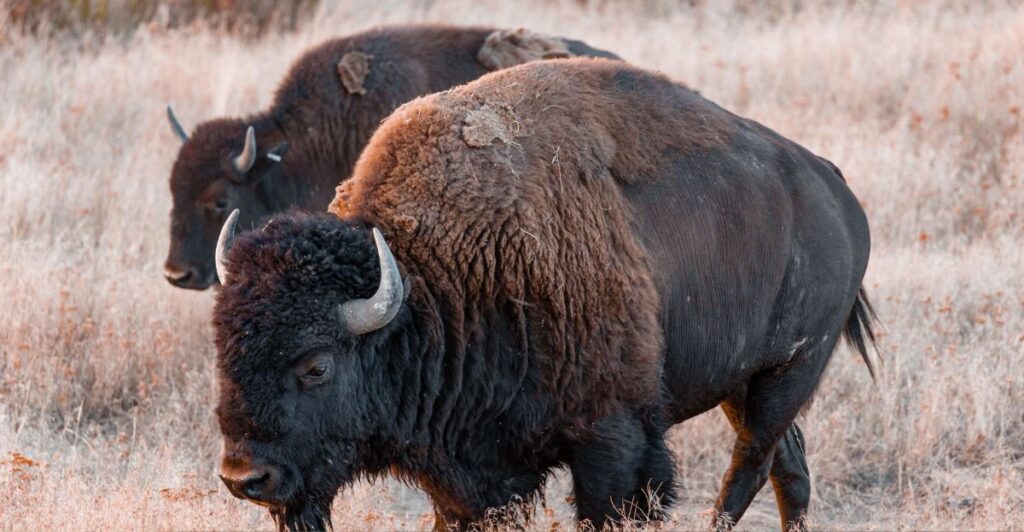
Bison are unique in that their grazing has a positive impact on their ecosystems, with more plant diversity coming out of it. They will only target the dominant grass species and graze on them, controlling the population. This means that more vegetation has a chance to thrive.
Soil Enrichment
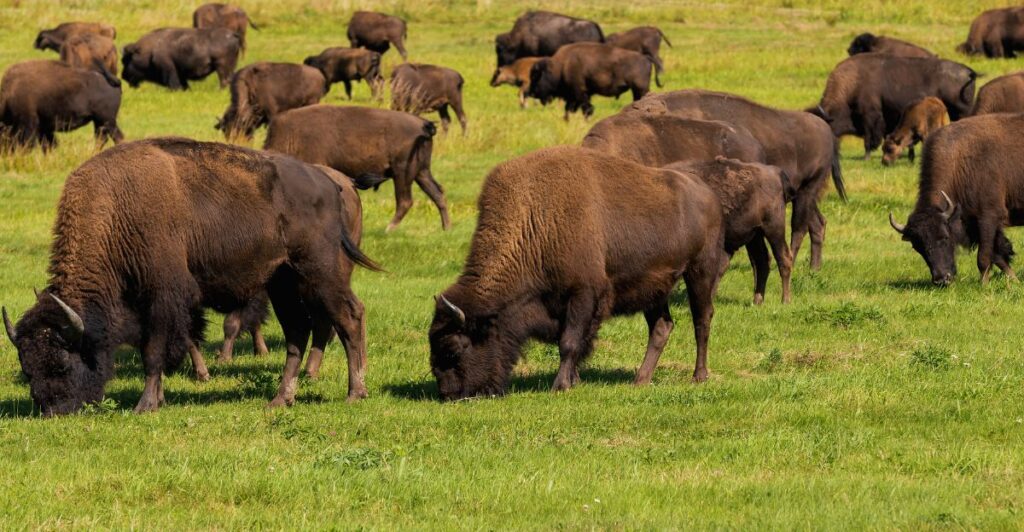
Bison’s urine and manure act as natural fertilizers which add essential nutrients to the soil that plant life depend on. The plant life, in turn, helps the soil with water retention. This process creates an hardy ecosystem with a lot of biodiversity.
Wallowing
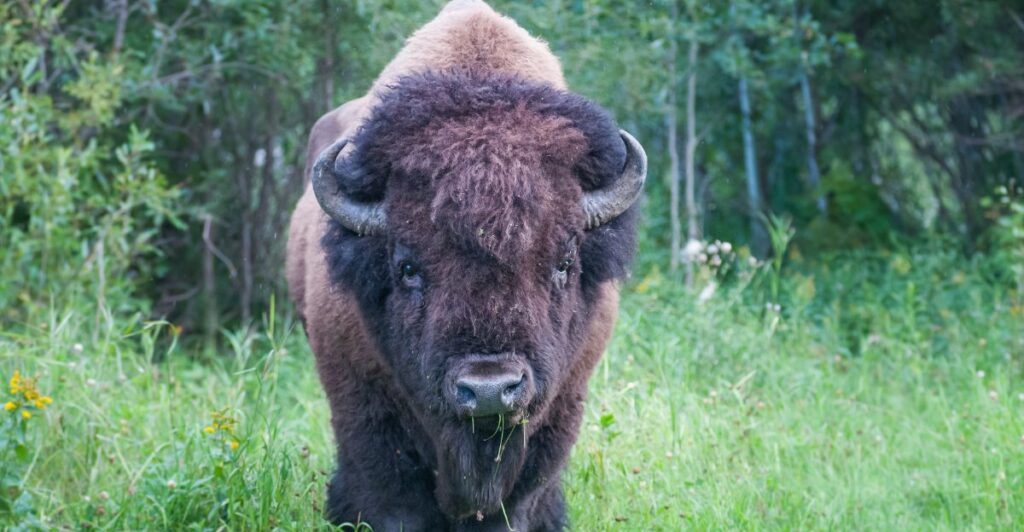
Bison like to wallow in the dirt to either stave off the heat or try to relieve skin irritations from insects and other sources. Once they roll in the dirt, the depressions stay behind, creating microenvironments where insects, birds, and amphibians can be sheltered and bred.
Water Cycle
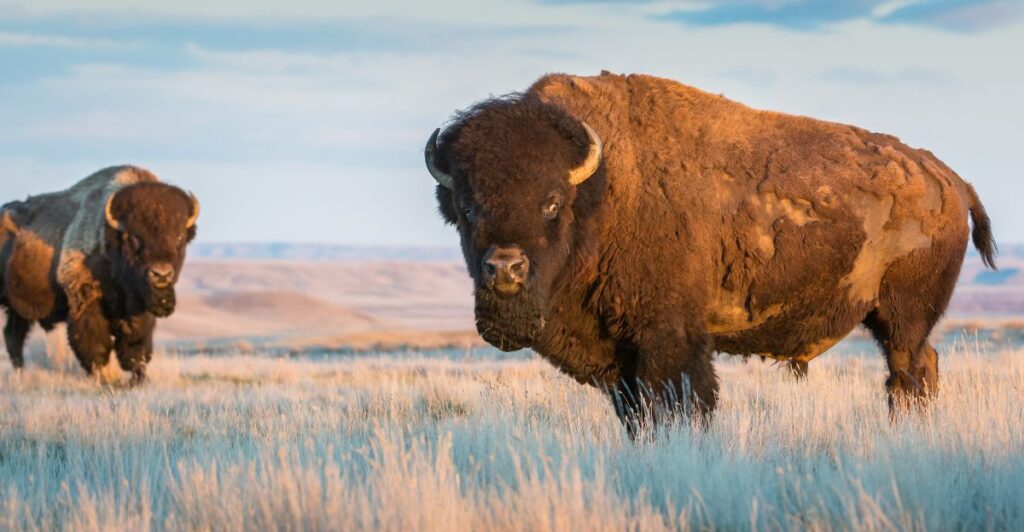
By grazing on vegetation and trampling the ground, bison aid water filtration underneath the ground. When all of these actions work in tandem, grasslands become healthy and store water underground and release it slowly for local wildlife and local human populations.
Carbon Storage
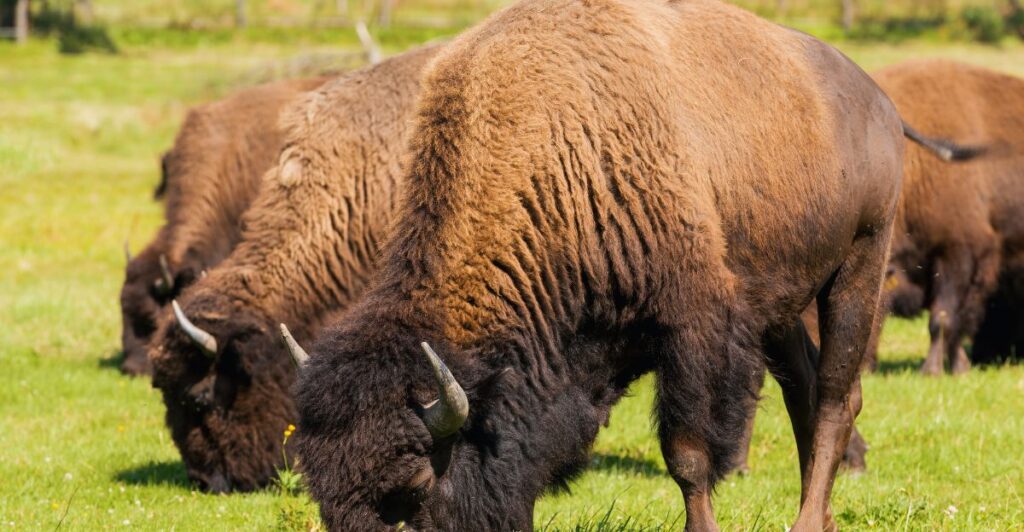
When all of the bison’s activities work together to help create a healthy ecosystem in America’s grasslands, carbon sequestration takes place. The groups of grasses work together to become a huge carbon sink, helping to mitigate the effects of climate change.
Returning
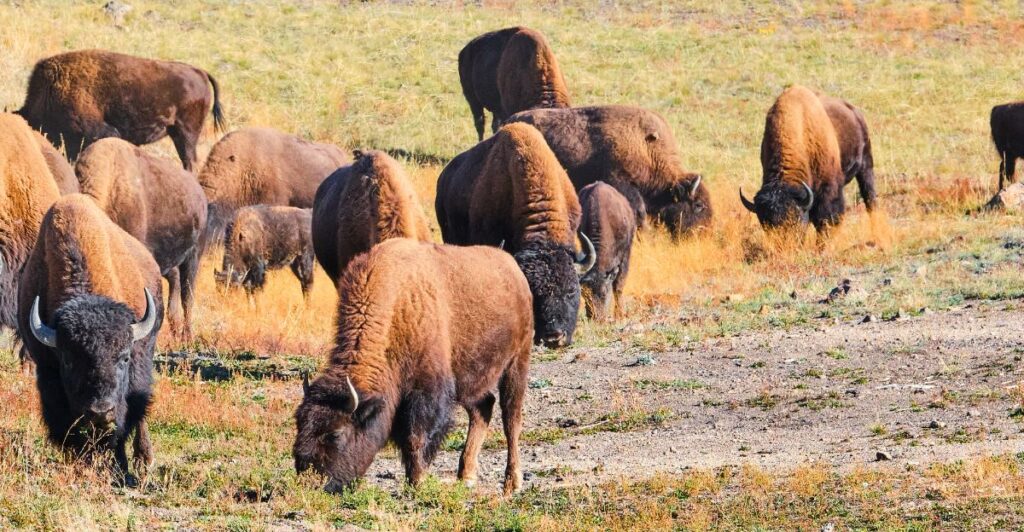
With the help of the tribal nonprofit, the Tanka Fund, the bison population has seen a noticeable improvement. The return of the bison has had a massive impact on the environment around them. Birds are finding new nesting spots and smaller mammals are thriving in the grass system the biome now has to offer. The bison have helped bring back balance to the entire ecosystem.
Challenges

Despite amazing progress, bison conservation work still has many challenges. Current problems that the population faces are habitat loss, fencing, and potential competition with other grazers in the grasslands. Only the future will tell if these obstacles can be overcome.
Economic Effects
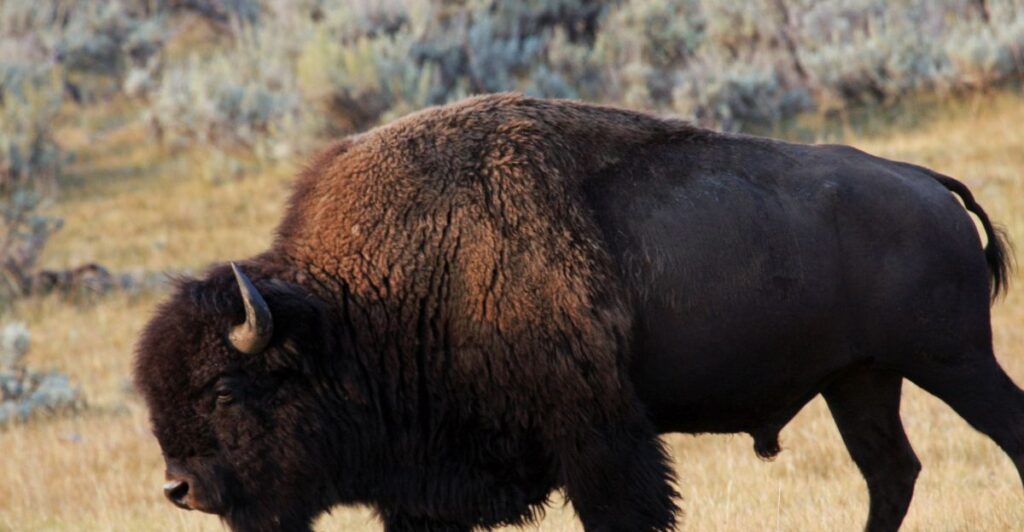
If bison populations can rise to great numbers, there are economic opportunities for local communities. Bison ranching can create a sustainable income while respecting Native American culture. This solution will have both positive economic and ecological impacts.
Raising Awareness
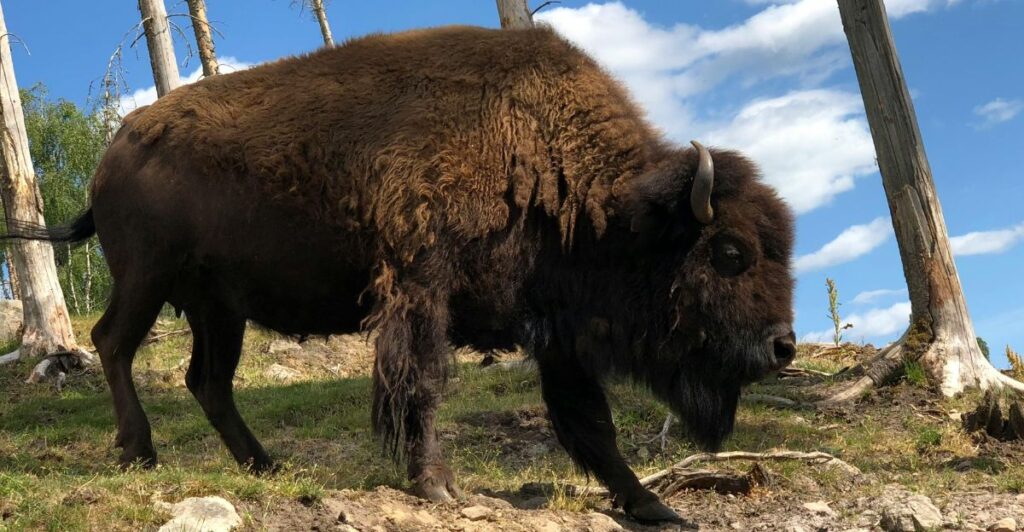
If the nonprofit is to succeed in its goals, then raising awareness of this delicate issue is important. Communities need to better empathize with the ecosystem that their region is a part of and help them be more responsible in its preservation and conservation.
The Story Of The Bison
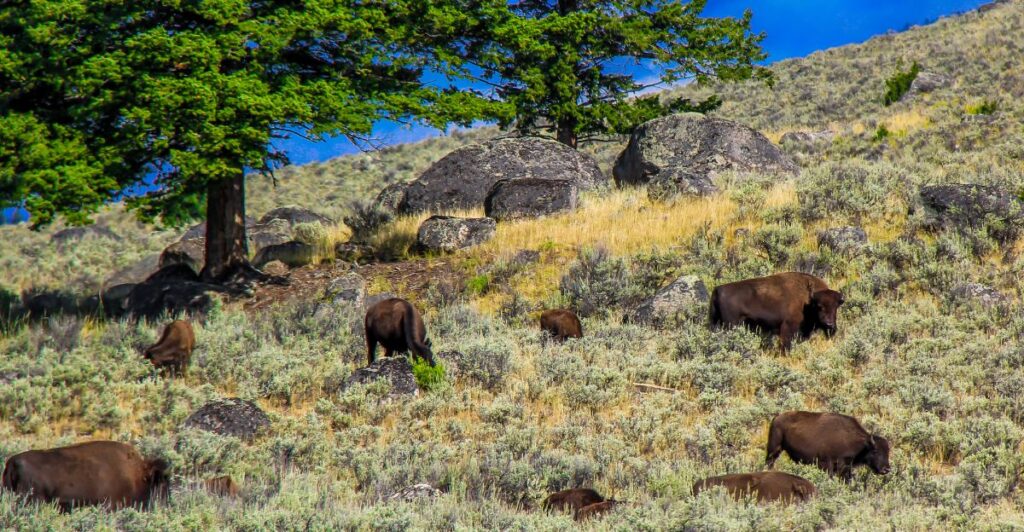
The story of the bison that live in the grasslands is a long and complicated one, but with conservation efforts spearheaded by local and traditional people who are the bison’s greatest ally, then a more sustainable ecosystem becoming a reality is only a matter of time.







